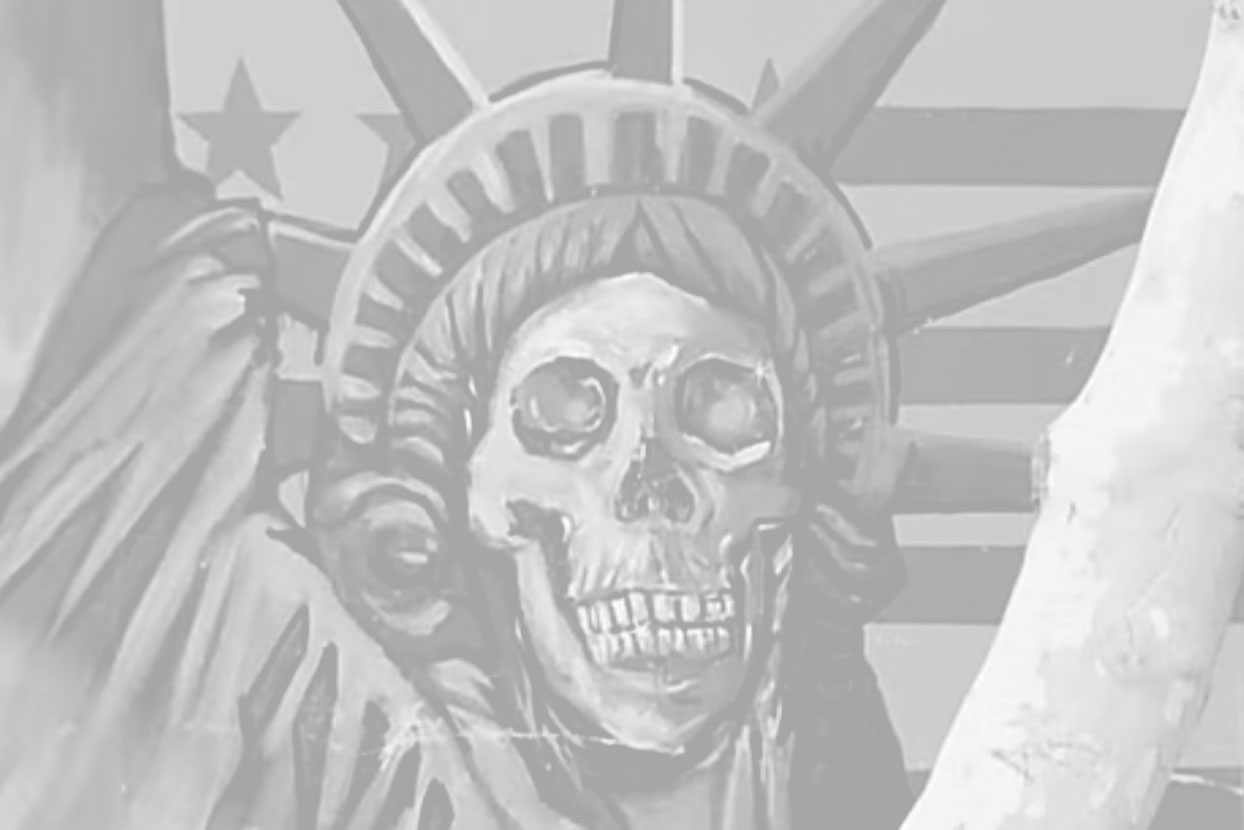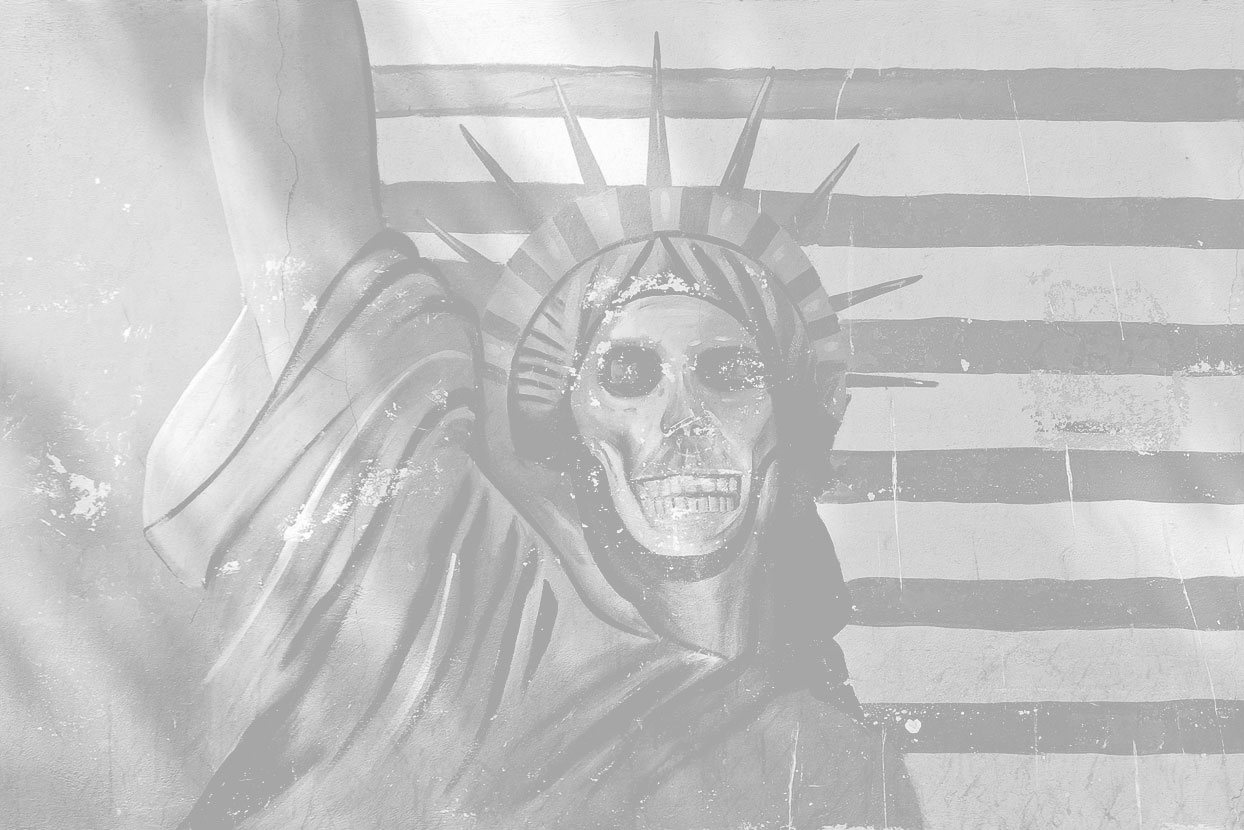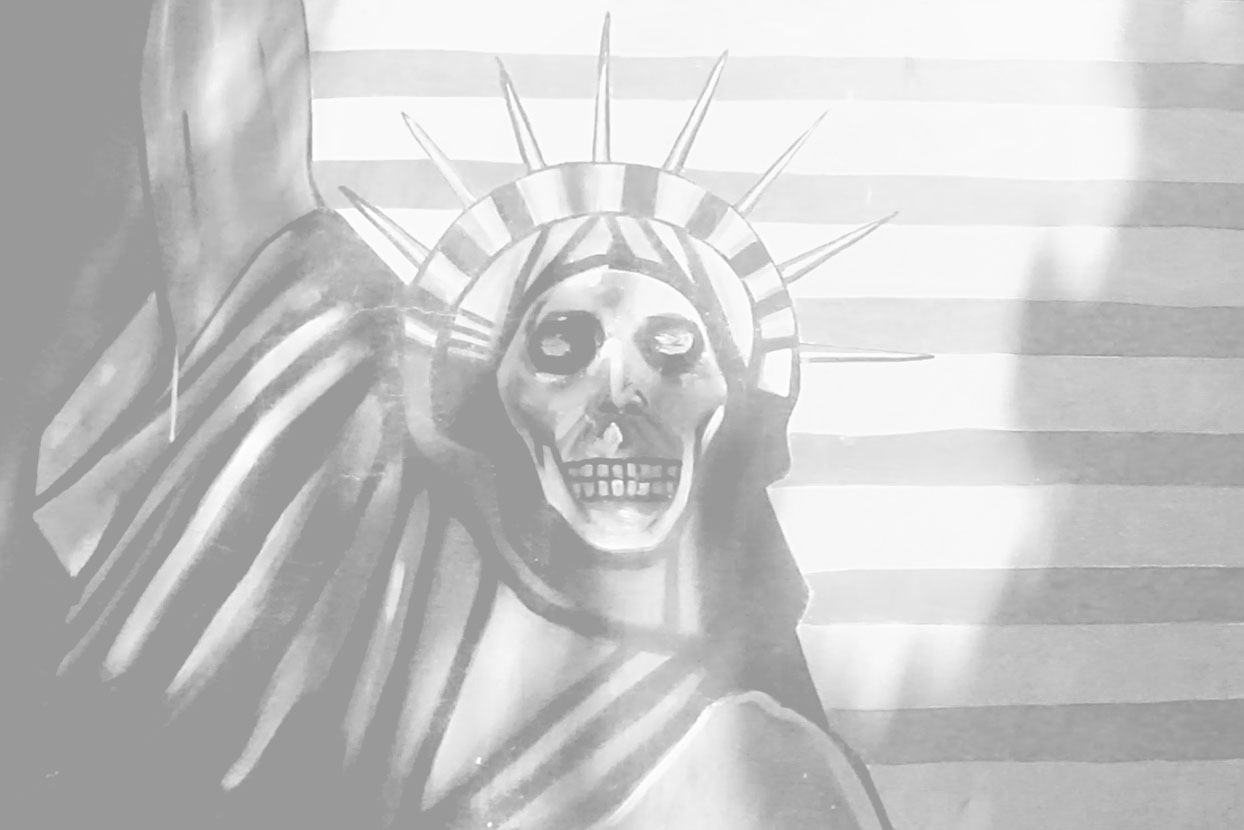Take a Leap into a Memory Hole
November 4, 2015artist contribution,
This video, image and text work by Kastė Šeškevičiūtė explores the visual appearance of two historical sites in Lithuania and Iran, respectively. Meanwhile, the accompanying poem attempts to make a speculative inquiry into their agency as the embodied affects of public memory. ‘Take a Leap into a Memory Hole’ is part of the Open! Co-Op Academy project ‘did you feel it?’



The video footage was recorded at two historical sites: an abandoned brick factory in the town of Didžiasalis, Lithuania, and the wall around the former US embassy building in Tehran, Iran. Following the terms of Walid Sadek’s The Ruin to Come (2013), the vector of analysis draws from a consideration of these two objects as ruins and then juxtaposing them. They reflect how the mementos of Cold War relations are neglected or preserved depending on present geopolitical situations. The work suggests that these two locations are both found on the margins of the Western neoliberal system.
Since it was forced to shut down due to a lack of investment, the site of the former brick factory was reduced to a pile of rubble, a wasteland at best that was used as a lorry parking lot. The town of Didžiasalis with a population of roughly 100,000 now suffers from high unemployment, economic stagnation, social problems, violence, poverty and slums. Located along the Belarus border and rich in natural clay deposits, the town had its peak during the Brezhnev regime (1965–1982), when the brick factory employed large numbers of workers and entire new neighbourhoods arose around the area surrounding the factory. These areas have fallen into a dilapidated state and have been abandoned by everyone except the homeless.
By contrast, the former US embassy, located in the centre of Tehran, currently functions as a military and political museum. (It is technically not accessible to tourists from countries of conflict, but there are ways around this restriction). The post-1979 mural on the street-side of the wall that surrounds the embassy portrays an American flag and the Statue of Liberty with its face transformed into a skull. The original mural has been repainted a number of times. Interestingly, each new restoration reveals more and more flesh on Lady liberty’s face. While it is a former source of state propaganda, it shows incremental signs of transformation and re-evaluation.
Rather than agitate or come to didactic conclusions, this work emphasizes the visual appearance of the two sites. Meanwhile, the accompanying poem attempts to make a speculative inquiry into their agency as the embodied affects of public memory. Svetlana Boym’s concept of restorative nostalgia offers a unique view of a linear history through glorification and the pre-evaluated imagery of monuments in public spaces that maintain an affective power over the Iranian and Lithuanian people. The contraposition to the restorative is a reflective way of dealing with memory, which is considered to be less contradictory and allows for a more natural, non-predetermined process of collective memory, enabling one to “digest” historical periods of time through a constant process of re-evaluation and transformation. Hence, the organic decay of the factory is juxtaposed with the manual transformation of the mural, which thus addresses the natural process of forgetting.
Meanwhile, personification is applied through the projection of a voice onto an inorganic material that can be considered a container of the inert past with an ability to be reshaped and superseded within a non-linear perspective of memory.
References
- Jorge Luis Borges, “Tlön, Uqbar, Orbis Tertius”, Labyrinths: Selected Stories & Other Writings, New Directions, 1962
- Svetlana Boym, The Future of Nostalgia, Basic Books, 2001
- Italo Calvino, Invisible Cities, Harcourt Brace & Company, 1974
- Reza Negarestani, Cyclonopedia: Complicity with Anonymous Materials, Re.Press, 2008
- Walid Sadek, The Ruin to Come, 2013
Kastė Šeškevičiūtė (1989, Lithuania) is a visual artist, performer and researcher based in the Netherlands. She holds a Bachelors degree of Painting from Vilnius Academy of Arts (2012) and a MFA from the Dutch Art Institute, Arnhem (2015).